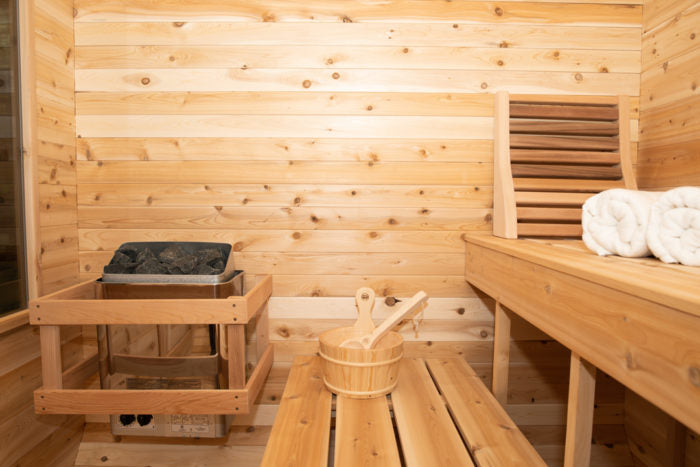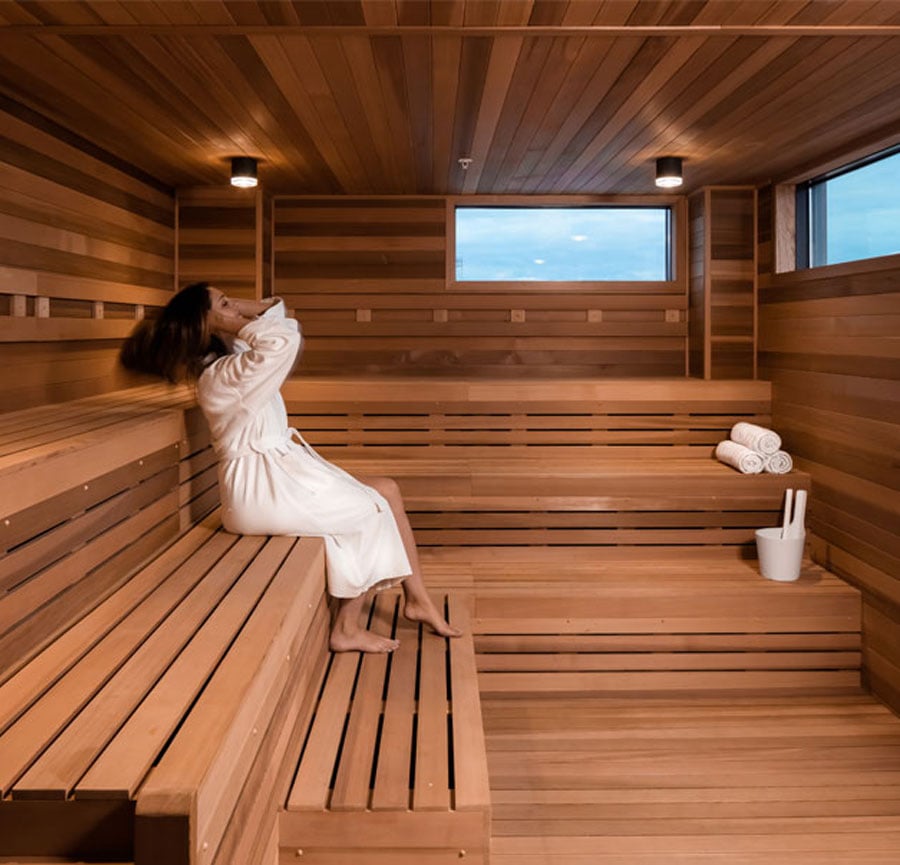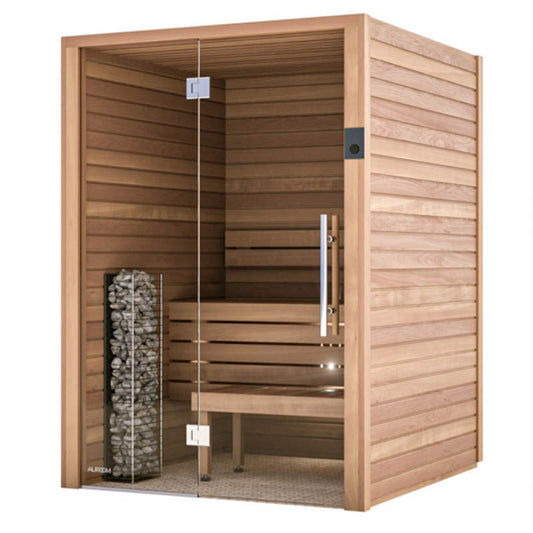Traditional Sauna for Beginners
Traditional Sauna Fundamentals Explained
Table of ContentsA Biased View of Traditional SaunaThe Main Principles Of Traditional Sauna Some Known Facts About Traditional Sauna.Not known Facts About Traditional SaunaThe Best Guide To Traditional Sauna
Many of the weight shed in a sauna is water loss and is re-gained upon rehydrating. Nonetheless, without a doubt sauna can be a fundamental part of a healthy weight management program. To check out the distinctions in between standard and IR saunas, I will certainly divide these right into proven, academic, and produced distinctions.Therefore, the most popular point in the saunawhich is at the ceiling directly above the sauna heateris usually in between 185 and 190 F. Claims that a typical sauna goes beyond 200 F is simply not true and not applicable for electric saunas offered in the United States. The temperature for a far-infrared sauna is typically set between 120 and 140 F; nevertheless, unlike the conventional sauna, the goal in and IR space is not to attain a heat.

When a typical sauna has been effectively heated, the sauna wall surfaces are warm, the air temperature level has actually accomplished set temperature level and the rocks are incredibly warmed. As an intriguing side note, the heated wall surfaces and the rocks are discharging far-infrared warmth, integrated with the warmed air, to produce an "wrapping up warm".
Traditional Sauna Fundamentals Explained
When the high temperature level is achieved, the components cycle on and off to preserve the heat. Most conventional sauna individuals take pleasure in putting water over the rocks to create steam to elevate sauna humidity levels. The advantages of putting water over the rocks consist of: making the area extra comfy, dampening the nasal flows, and allowing the usage of aromatherapy by mixing essential oils with the water.

When the energy goes into the body, it triggers the body temperature to enhance and eventually leads to sweating. In an infrared sauna it is necessary for the emitters/heaters to stay on practically continuously. Considering that there is no mass of rocks to maintain warm, the sauna will cool down if the emitters turned off.
The Main Principles Of Traditional Sauna
As pointed out above, the sauna bather in an infrared area desires to position himself before operating emitters to get maximum benefit from the heat. The heating time for the 2 areas can be really different, depending on how the rooms are made use of. For a standard sauna, a bather should permit 30-40 minutes for the space to attain a wanted temperature and to effectively pre-heat the rocks.

A well built sauna will typically accomplish a temperature of 150-160 F in regarding 30-40 minutes (Traditional Sauna). For hotter temperatures, the area might require to heat for a longer duration. As soon as the space achieves set temperature, the heater will cycle on and off, commonly running concerning 50% of the time. The insulated walls and the heated rocks will maintain the room warm and at stable temperatures.
To some, 15 mins was "wasted" while the infrared energy warmed the wood panels instead of heating up my latest blog post a body, while others discover a pre-heated room to be much more comfy and think an elevated beginning temperature level is needed to begin sweating. The length of advised usage for each area is around the same (10-15 minutes per session); however, read as a result of the reduced air temperature levels and the ability to feel the effects of infrared heat quicker than a conventional sauna, it is not uncommon for an individual to invest a total amount of 20-30 minutes in an infrared sauna.
The 25-Second Trick For Traditional Sauna

The average expense per kWH of electricity in the U.S. is around $0.11, so a 4.5 kW heater will set you back about $.50 to run for one hour, if the heater runs continuously for one hour. Typically a sauna heating unit will certainly compete 75% of the first hour and 50% of subsequent hours on considering that the elements cycle once the set temperature is accomplished.
A 2 individual far-infrared area is usually physically smaller than a typical sauna, often about 4' x 4' or smaller. The IR furnace is normally 1.5-1.7 kW making use of a 120 volt 15 amp plug-in solution. Since the room can be utilized faster than a sauna space, we will certainly think the area is made use of for to of an hour consisting of browse around this site warm up time.
There is a hardly ever discussed distinction in the social experience in between the 2 spaces. While our society has actually lost a few of the social benefit of the conventional sauna experience, it can be very socially gratifying (Traditional Sauna). From family time in the sauna, to heart-felt conversations with significant others, to sauna partiesthe traditional sauna experience can lead to intimate socializing
What Does Traditional Sauna Do?
The majority of greater end infrared rooms consist of colored light treatment, noise systems and full-glass fronts. The size of the majority of spaces enable 2 individuals to conveniently make use of the space, while some designs might allow for a third or 4th individual to use the area. Custom-made infrared rooms are likewise available, with space sizes offered up to 7' x 8' x 7' high.